Livestock Antibiotics and FDA Inaction: A Look Back
We learned back in the mid-1970s that livestock antibiotics increase the presence of drug-resistant bacteria in farmworkers. Since then, meat and poultry production has nearly tripled while business, government and public advocates have battled over industry regulation. ProPublica charts that battle's history.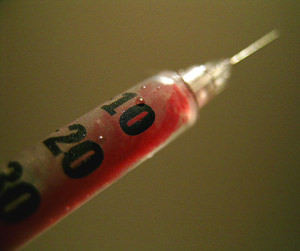
We learned back in the mid-1970s that livestock antibiotics increase the presence of drug-resistant bacteria in farmworkers. Since then, meat and poultry production has nearly tripled while business, government and public advocates have battled over industry regulation. ProPublica charts that battle’s history. –ARK
Your support matters…ProPublica:
Three decades ago, the FDA determined that feeding antibiotics to healthy farm animals could be dangerous to human health and announced its intention to ban some drugs. But for years, calls for more research and pressure from an industry concerned with rising costs slowed any action. In response to a surge of scientific evidence linking the overuse of antibiotics in livestock to the spread of deadly drug-resistance in humans, a U.S. district court judge recently ordered the agency to take steps to restrict antibiotic-laced feed. Here we trace the history of the FDA’s inaction on animal antibiotics.
Independent journalism is under threat and overshadowed by heavily funded mainstream media.
You can help level the playing field. Become a member.
Your tax-deductible contribution keeps us digging beneath the headlines to give you thought-provoking, investigative reporting and analysis that unearths what's really happening- without compromise.
Give today to support our courageous, independent journalists.
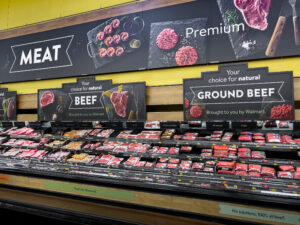
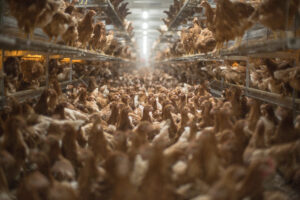
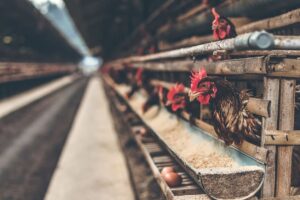


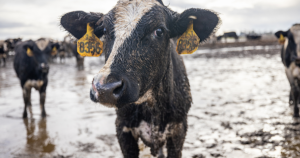
You need to be a supporter to comment.
There are currently no responses to this article.
Be the first to respond.